At the beginning of every new quarter, a common practice for many businesses is to review the previous quarter, looking at the wins, challenges, and opportunities. Being able to properly review your quarterly marketing performance also means that you’ve built a roadmap that enables you to easily track and measure success.
In fact, reporting is nothing new when it comes to analyzing which of your marketing initiatives are performing, which are underperforming, and which need improvements before drawing conclusions. More specifically, here are stats that show where companies are experiencing the most success with their B2B marketing initiatives:
- Marketers who document strategy were 505% more likely to report success.
- Marketers who set goals are 503% more likely to report success than marketers who never, rarely, or sometimes set goals.
- Marketers who proactively plan projects are 356% more likely to report success

I work alongside some amazing people and act as an extension to their marketing team by helping build a solid strategy while also executing. And let’s face it, at the end of the day, what matters most are the results, right?
But before results can be shown, the value I bring to all of my clients is the ability to help them organize their marketing efforts, align them with the company’s objectives, create a clear path for sales enablement, and then put in the right tools to track every touch point.
Additionally, being able to put the right reporting in place is incredibly helpful because it not only helps with data collection, but also with automating weekly, monthly, quarterly, and yearly reports.
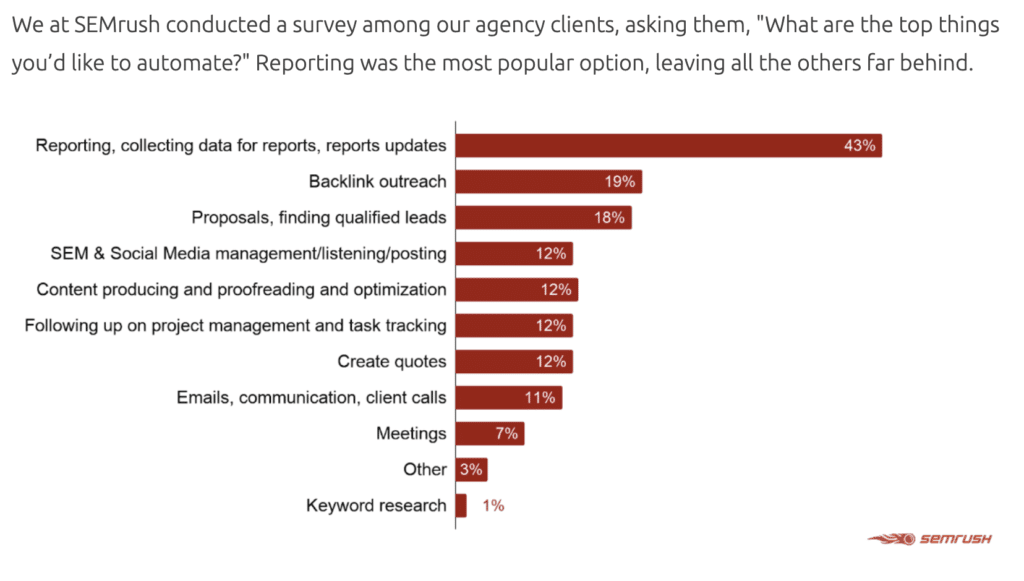
Further, marketing is only as good as your ability to leverage the right tools, process, and people to yield tangible results that have an impact on the entire business. So, in this blog post, I’m going to talk about how you can build a quarterly marketing roadmap to hit your goals of generating awareness, quality leads, and demand.
Let’s get started…
Have a Centralized Place to Capture All Marketing Efforts
I can’t stress enough the importance of having a place where you keep track of everything that is happening in marketing. No matter how big or small the task is, having a place where you can reference specific dates, what was completed, what’s upcoming, and so on will all ensure that you stay organized.
Being able to look at your overall marketing output and the results that they brought in is another crucial factor. This will help you understand the following:
- Where the gaps are when it comes to how you’re leveraging your resources
- Where you need to evenly distribute or dedicate more manpower
- Where you’re lacking the expertise needed to maximize output and drive strong results
So what does this all mean?
It boils down to having a good project management tool and then a collaborative space to work and keep all of your files, such as Google Drive. As I’ve mentioned before in my blog post on How to Build a Roadmap for Your Marketing Strategy, I recommended Trello as a project management tool because it’s really easy to use.
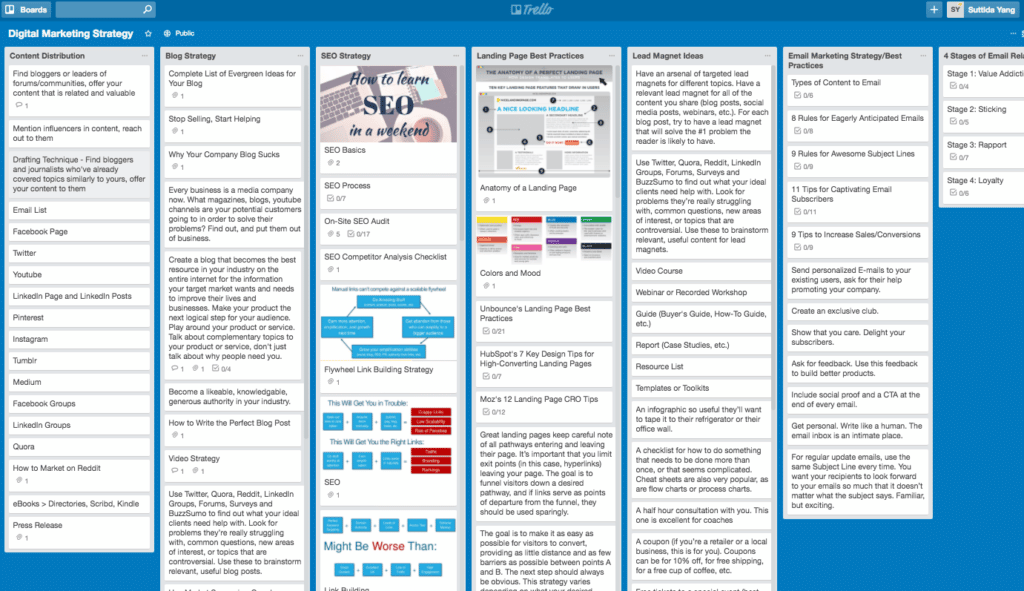
Other tools I’ve used before are Monday, Asana, Wrike, and Favro. What tool you use is really up to you and what you think will help drive productivity.
Here’s an example of Asana:
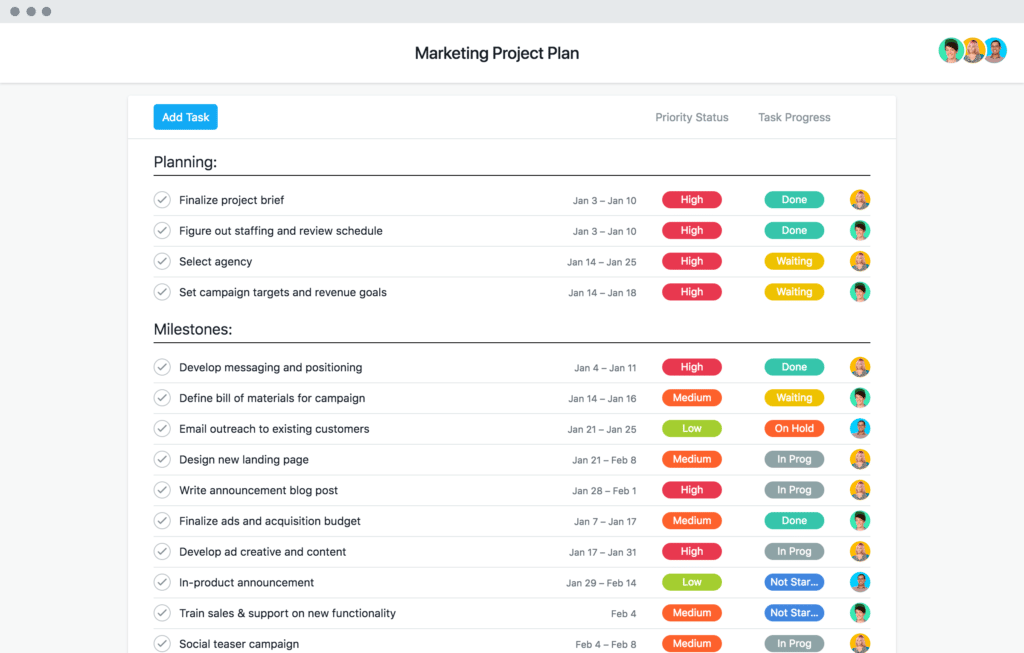
And here is an example of Monday:
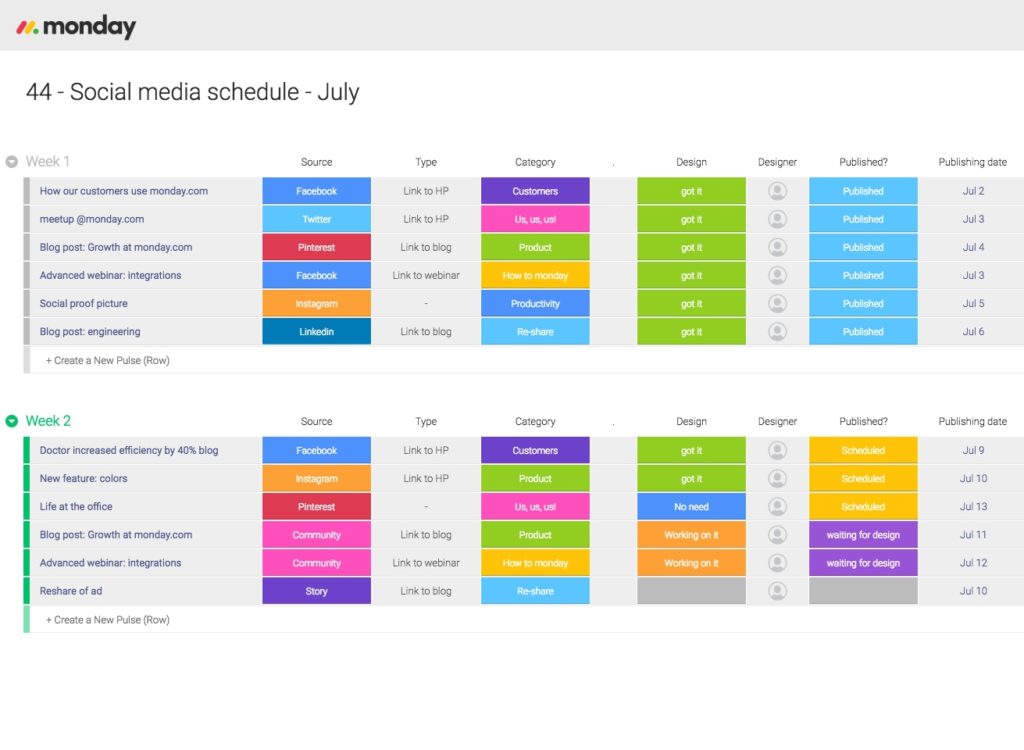
Using these tools comes down to an internal buy-in, and adoption means that everyone is held accountable for their assignment and how that plays into the bigger picture.
Break Out Your Executions
When you break out your executions by channel, you’ll easily be able to plan by quarter and attach specific goals to each. A few great ways to organize your executions could be:
- Themes such as “Product Update Thursdays” or “Behind the Scenes Friday” where you showcase your product and services in a blog post and via social media
- Holidays that are relevant to your business
- Sprints that align with your product and even sales
There are a plethora of ways to do this, but what’s most important is that whichever route you choose increases productivity, makes planning easier, and boosts the passion to drive desired results based on goals that have been put in place.
One of the biggest mistakes I see companies make when they come to me for help is that they execute without any benchmarks in place. Because of this, they don’t use data as a part of the decision making process. When you break out your executions you can easily see:
- Which channels are performing the best — meaning you’re getting good results for a lower cost than the others
- Which themes, days of the week, and times during the day you’re seeing the highest amount of engagement with your efforts
- Which channels are driving the highest conversions that result in actual sales with the best LTV
Identifying Your KPIs Weekly and Monthly
KPIs let you know if what you’re doing is working and making an impact on your marketing goals, as well as organizational goals. I’m a big metrics person because I have always been a believer that you can drive some decisions based on intuition, but once you start collecting data, you need to use it to your advantage.
Therefore, having specific KPIs identified by channel is going to help you build out your quarterly roadmap and also track the performance of it. Here’s an example I used to present to clients to give them an idea of what we want to track:
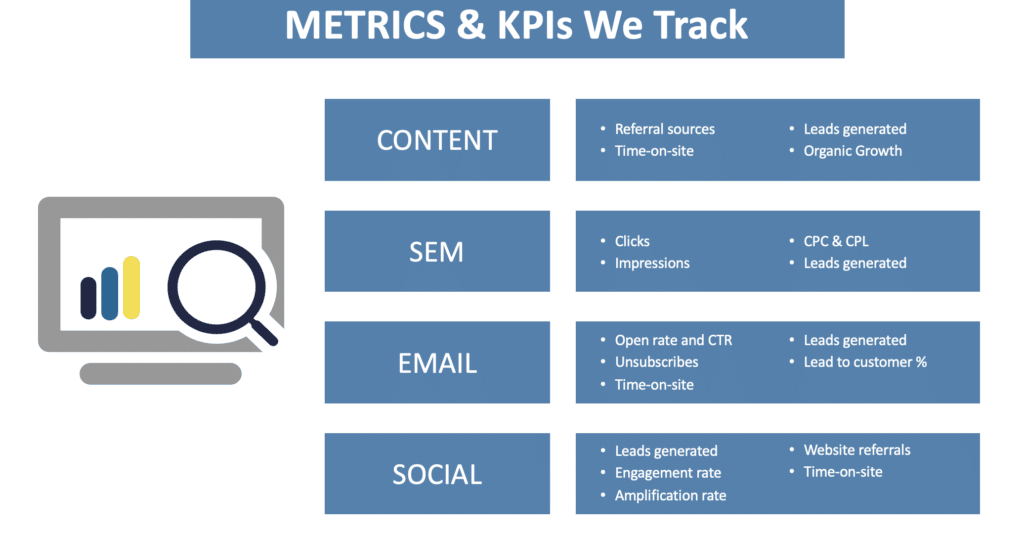
Of course, you can dive even deeper, but if you’re looking for high-level metrics that you can report to the rest of your executive team, here are some to consider:
- Customer Acquisition Cost (CAC)
- Marketing Percentage of Customer Acquisition Cost (M%-CAC)
- Ratio of Customer Lifetime Value to CAC ( LTV:CAC )
- Time to Payback CAC
- Marketing-Originated Customer Percentage
- Marketing-Influenced Customer Percentage
As for board members, here are some to consider:
- Total pipeline forecast for the next three quarters and actuals for the past three quarters.
- Line-of-sight conversion for the buyer journey funnel — trigger event through purchase and renewal — by major market segments/buyers.
- Marketing/Sales spending analysis and how it could be optimized to improve revenue, customer alignment, and reputation.
- QoQ and YoY changes in customer/SaaS cohort, buyer (lost/never considered), and influencer behavior patterns and marketing and sales’ joint action plan.
- Market landscape changes, with a particular focus on disruptive risks from tangential/orthogonal markets.
Have a Deep Understanding of Your Customers
Segmentation and personalization should be a part of your planning as you build out your roadmap. You may want to go after a certain persona, but data could later show you otherwise. So having a deep understanding of your customers means that:
- You know where their pain points are
- You have a solution to these pain points
- You position your content strategy to meet these needs
- You have estimated what the market share will look like among your personas — meaning that you think a certain percentage of sales will come mostly from “persona A” vs “persona B”
There is no silver bullet to truly connect with your target customers, but if you take on a growth hacking mindset, you’ll be able to quickly test messaging and content that will show you where you need to be and how you need to communicate your offerings.
It’s also important that you align your marketing initiatives with the customer’s journey — meaning you know where injection points are so that you can meet them with the right content to further funnel them into becoming a sales accepted lead (SAL).
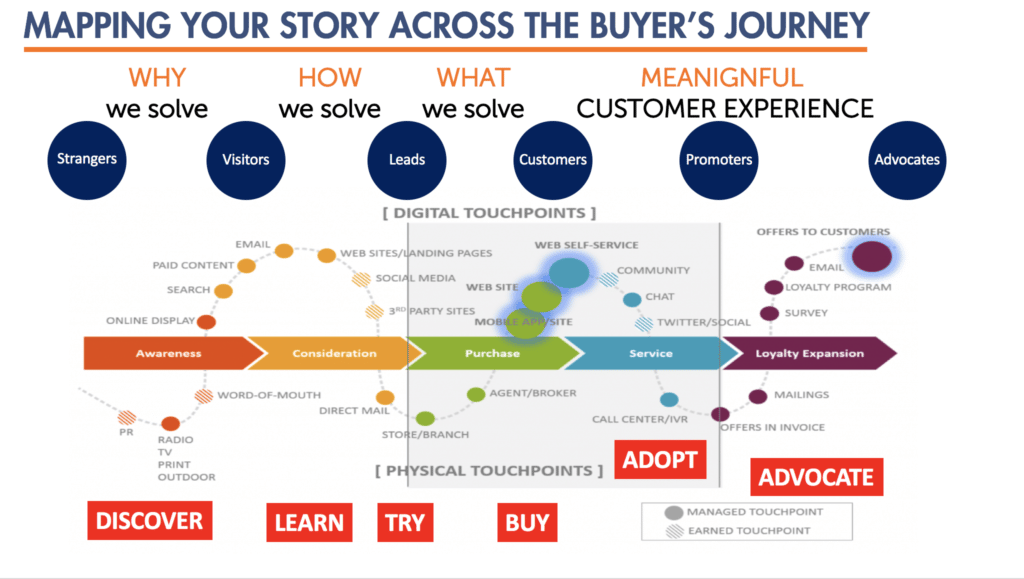
Next up, make sure you’re keeping track of things like an NPS score, sending out surveys, onboarding current customers, and even reaching out to them consistently so that you can keep learning about their triggers. In other words, you gain more clarity on:
- What motivated them to buy from you and not a competitor?
- Would they recommend you to other colleagues?
- What improvements can you make to your product and services?
- What are the main triggers when it comes to upsells?
- What are the reasons that can help you maintain, as well as increase, retention?
The more you know, the more you’ll be able to cater to the persona that is driving the most revenue for your company and rate the remaining personas based on opportunities. But at least you’ll have a data-driven way of going about doing this and be able to take out the guesswork.
Final Thoughts
When it comes to building out your quarterly marketing roadmap, you have to not only put the company goals in place but also have a deep understanding of your customers, your competitors, and how you will achieve the milestones you put in place.
Also, knowing the difference between your current market share and the addressable market itself will help you see what types of opportunities you have and how you can formulate an intentional, yet flexible plan that will yield the results you want.
Finally, pay close attention to the target demographic you are going after versus those that actually interact, engage, and buy. Doing so will allow you to best position yourself in the market for customers who are ready to buy and for those who have a longer sales cycle.






2 Responses